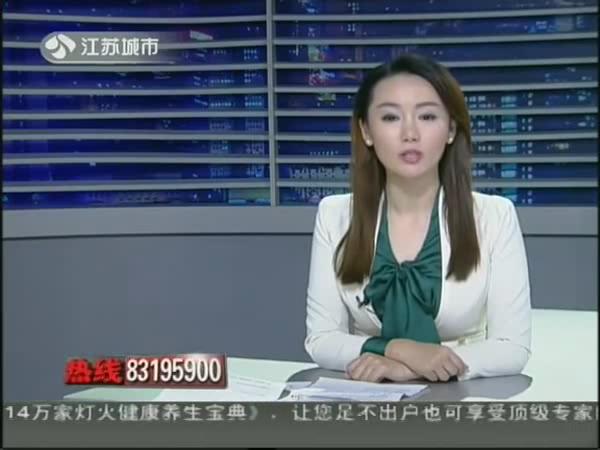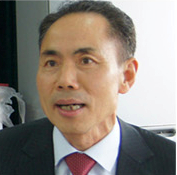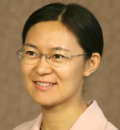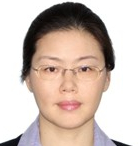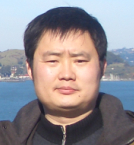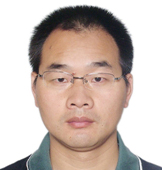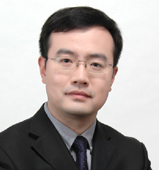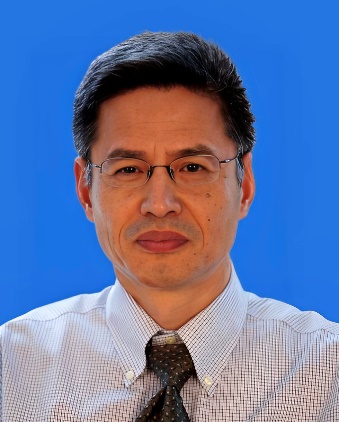https://www.artnews.com/art-in-america/aia-reviews/legacies-asian-american-art-survey-1234722935/
Student activists coined the term “Asian American” in 1968 to unite students of Asian descent, alongside Black and Latinx students, in pushing for the creation of an ethnic studies department at the University of California, Berkeley. So it’s fitting that “Legacies: Asian American Art Movements in New York City (1969–2001),” the first survey exhibition to focus on Asian American artists in New York across multiple generations in the latter half of the 20th century, is set in a college gallery. The elegantly curated 90-artist show installed in New York University’s 80WSE traces the formation and diffusion of a sense of identity that doubled as a political statement and transformed over time as artists explored new media and modes of expression.
Paying special attention to the output of three influential Asian American arts collectives, the exhibition focuses on stylistic and ideological continuities and affinities rather than ruptures and disputes. The viewer learns about the Basement Workshop, founded in 1970 to provide arts programming and social services to residents of Manhattan’s Chinatown; the Asian American Arts Centre, opened in 1974 to promote politically engaged Asian American artists; and Godzilla: Asian American Arts Network, started in 1990 to generate critical discourse around art and respond to issues like racism, sexuality and gender, and the AIDS crisis. And there are other creative enclaves: CITYarts Workshop, Asian American Dance Theatre, Epoxy Art Group, PESTS, Muna Tseng Dance Projects, and Asian CineVision. Despite the plethora of names and dates, “Legacies” is less concerned with slotting an Asian American “who’s who” into affiliative categories than it is with sketching an inclusive and palimpsestic portrait of New York’s ever-shifting and porous artist-activist spheres.
In lieu of the floor-to-ceiling didactics one might expect to see in such an ambitious historical survey, cues announcing shifts in time and names are subtle. The exhibition abstains from making a spectacle of its plenitude, inviting viewers to observe stylistic and technological developments unfolding freely and associatively. It lets, for example, Arlan Huang and Karl Matsuda’s figurative and demotic cover art for A Grain of Sand: Music for the Struggle by Asians in America (1973), regarded as the first record of Asian American music, on display in a vitrine, be washed over by the looping, lilting soundtrack of Mariko Mori’s Miko no Inori (1996), a digital video starring a cyborg priestess, leaking in from another gallery. The show also allows chromatically muted works on paper that luxuriate in negative space—Shusaku Arakawa’s semi-schematic Sketches for an Anatomy of the Signified or If: Part I, Drawings (1972–75); Colin Lee’s smudged and thumb-printed Kem’s Story (1979); and Tam Van Tran’s hole-punched and stapled Vacuum (n.d.)—to converse quietly across its rooms, between cameo appearances from canonized figures like Theresa Hak Kyung Cha, Rirkrit Tiravanija, and Patty Chang.
The most compelling works in “Legacies” deal with diaspora obliquely, inducing sensations and associations that lead to self-interrogation. This effect is achieved in a pair of archival pigment prints titled origins (1997/2024), by Kerri Sakamoto and Lynne Yamamoto. In the ’90s, the two artists collaborated on an installation in which a thick skein of synthetic black hair connected their grade school class portraits, taken in Toronto and Honolulu. In the first image of origins, a speck of paper that reads “bi bi” sits inside a navel. The phrase calls to mind the word “baby” and, even more explicitly, “bye bye.” The second photograph contains a wet, bulbous, red lump held between two fingers and pierced by a needle guiding a black thread, possibly in reference to the stitching of the perineal tear after childbirth. A third hand thrusts a strip of paper into the fray. It reads “… as quiet as spiders. Slowly I open my mouth,” as though likening the thread to spider’s silk and inviting the lump, like sustenance, into the speaker’s body. Here, the postnatal imagery does not conjure notions of bloodlines or nationhood often associated with ethnic and political identity; instead, by employing ambiguity and lyricism, the artists evoke quasi-familial kinships, surrogacy, and the fantasy of a shared past and home.
Like origins, other works in “Legacies” play with text and image, as well as the uncanny threshold between the organic and synthetic. Yong Soon Min’s four-dye sublimation prints, Kindred Distance 1–4 (1995), layer the words “why” and “where” and the phrase “our home,” over images of clothing displayed in stores. In one, a group of shoppers—a woman with wide eyes, a man with a hand in his pocket—confront a confederacy of garishly made-up mannequins. The mannequins are ostensibly representations of people, yet they look nothing like the ones in front of them. In a sense, Min’s series narrates an encounter between subjects of the Asian diaspora reunited at “home” after a transformative period of separation.
The three works on paper by Arakawa, Lee, and Tran also incorporate text. Arakawa’s pencil and watercolor piece features rows of cryptic, blocky majuscules that declare TO THAT SLICE OF PARADOX WHICH MAY BECOME APPARENT WHEN THE UNRECOGNIZABLE TEMPERATURE CLEAVES THAT WHICH CLEAVES TO IT. Under that is a line of cursive reading WITHIN BUT BETWEEN THE NUMBERS BEING COUNTED. The notions of cleaving and of existing “within but between” can be read as descriptions of a diasporic condition.
The text in Lee and Tran’s works is difficult to spot at first, especially in the latter, with inked letters so small that only those who get within breathing distance of the collage can make out the artist’s esoteric plea: MAY I TRULY PRACTICE THE SUBLIME TEACHINGS. The surface of the long table in Lee’s intaglio etching bears the phrase “paper son,” referring to how prospective immigrants purchased documentation to fabricate a blood relationship with a United States citizen or permanent resident, and the words 爸爸[DAD] SAID IT TOOK HIM 3 HEARINGS TO GET OFF THE ISLAND. Floating in the upper-left corner of Lee’s print are three parallel line segments of varying lengths, made up of multiple crisscrossing marks; they read as “三,” or “three.”
Throughout “Legacies,” simple markings function as codes legible to those with certain literacies and curiosities. The presence of this multivalence attests to the thoughtfulness with which the show frames its artworks, drawing out their nuances rather than subsuming them under pronouncements of identity. Presented two decades after its titular end-date, at a time when discussions of identity have, on many fronts, turned stagnant and defensive, the exhibition prompts viewers to wonder about emergent Asian American arts scenes in New York. Having seen their foundation, one comes away from this survey better equipped to imagine what subsequent generations will build.
